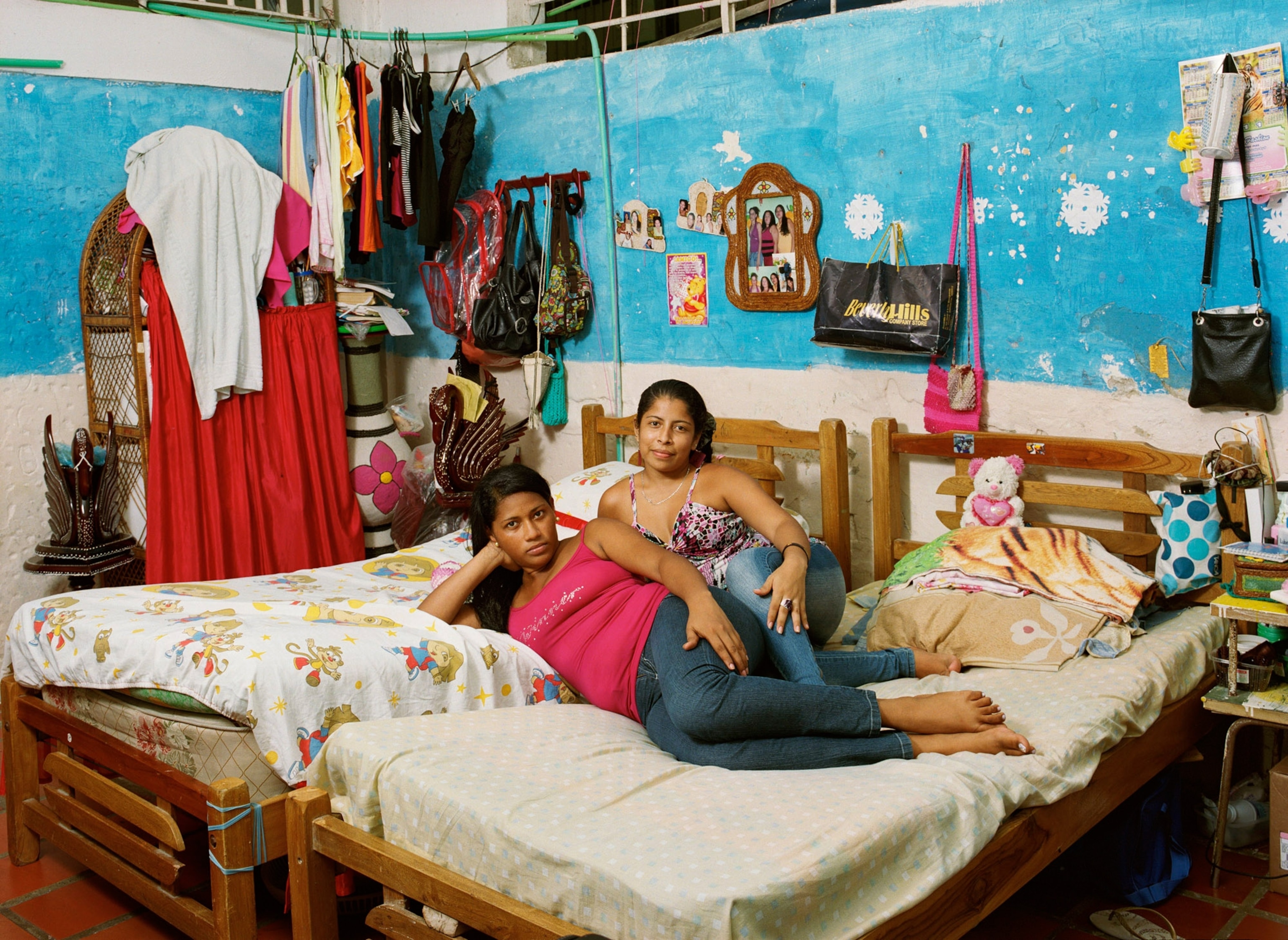
Pictures of Crime and Punishment Around the World
What is it like to be a prisoner in Uganda? How does that compare to being incarcerated in the United States? What about France? Colombia?
How humans handle crime, and how we dole out punishment, is the question that gnaws at Jan Banning. Before he was a photographer, he was a student of history—less interested in spectacle and more interested in the slow, structural development of systems. Before delving into the world of criminal justice, he spent years photographing bureaucrats around the world, comparing civil servants on five different continents. After he was finished examining the executive branch, he decided to take on the judiciary, which imposes criminal sentences.
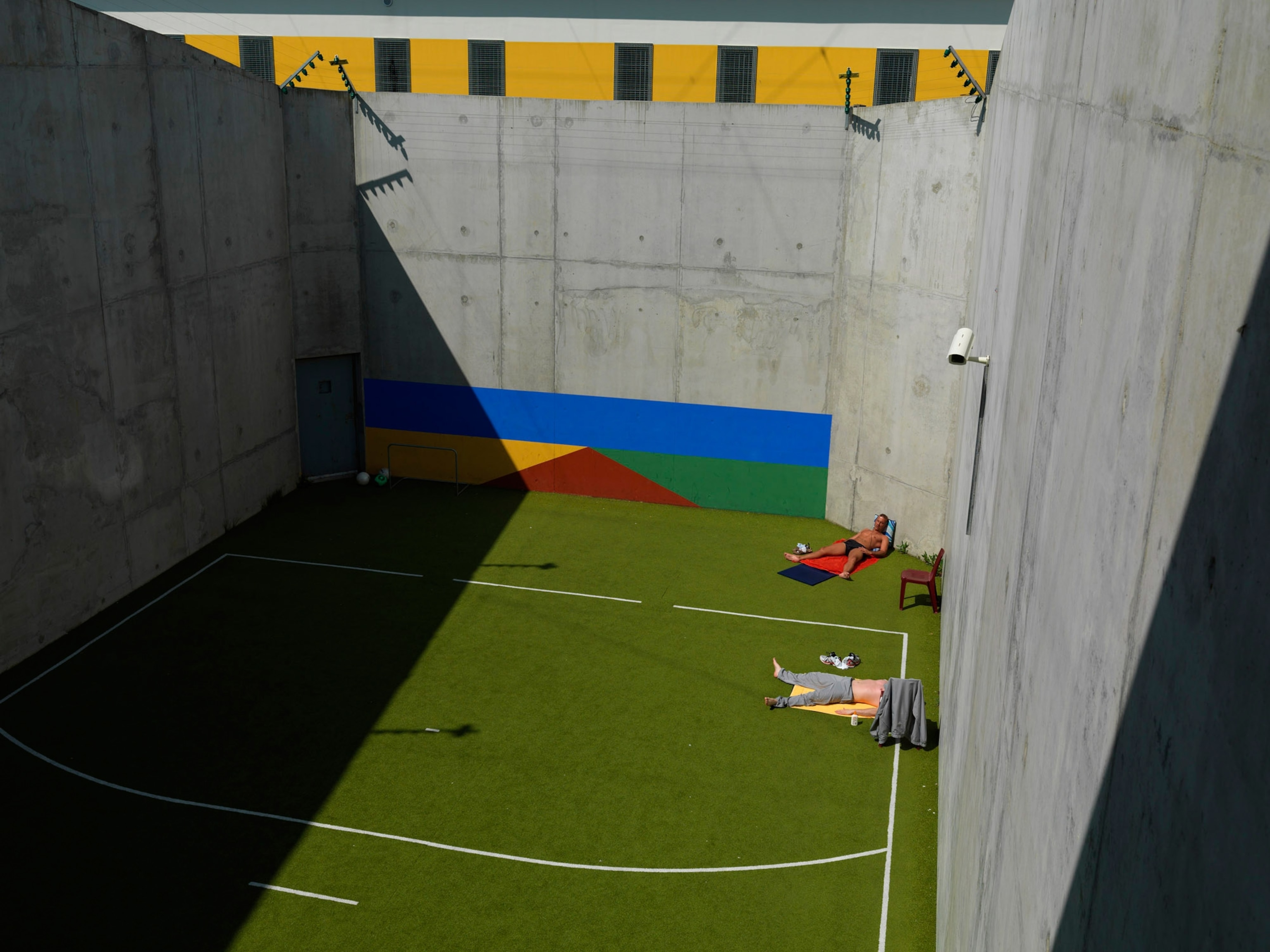
Legal paperwork and court hearings usually look pretty boring, and getting a camera inside a prison is notoriously difficult. So Banning’s first order of business was to determine if he could actually get enough access to create compelling photographs in a variety of countries.
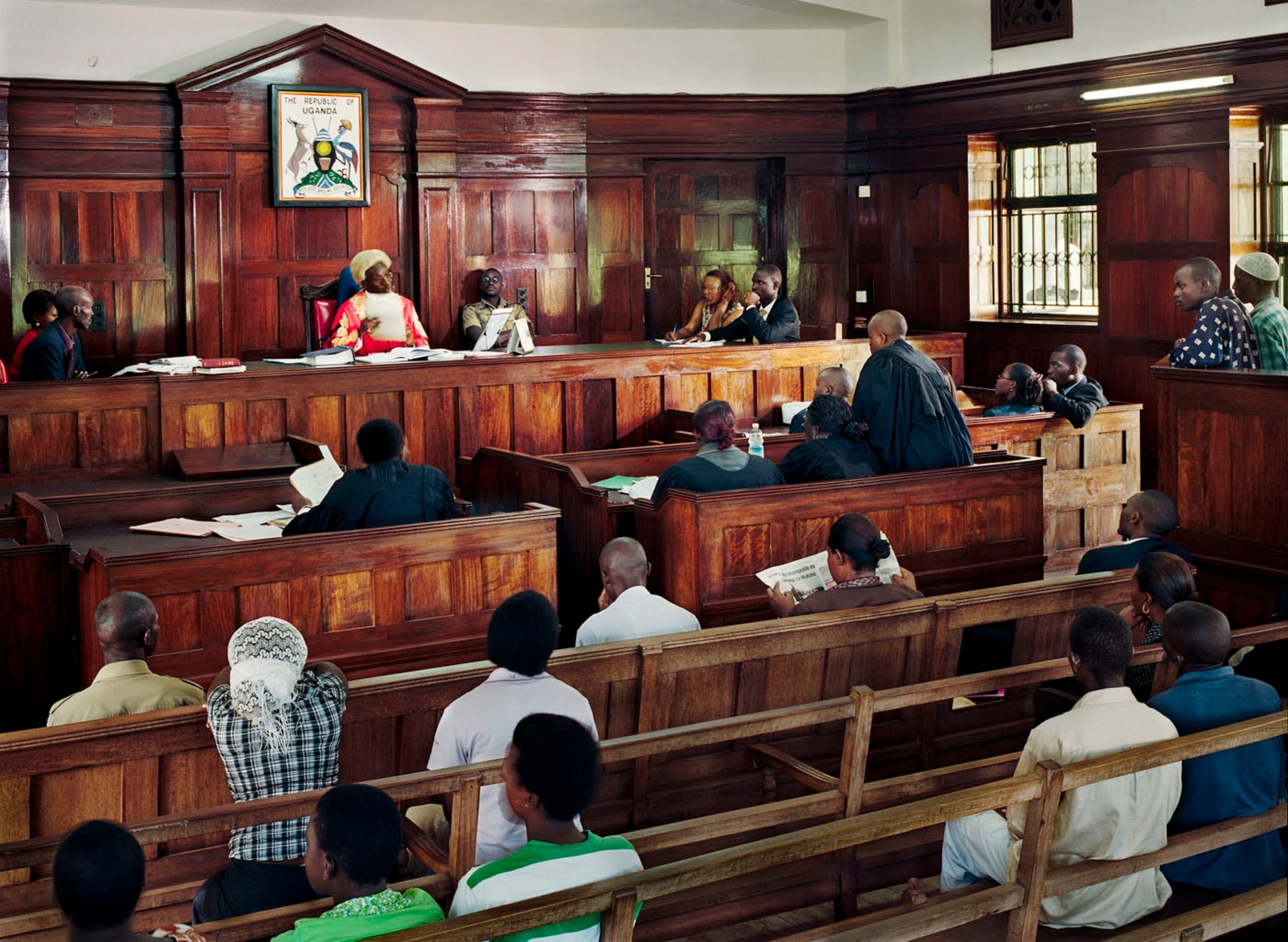
Working with the Max Planck Institute for Foreign and International Criminal Law in Freiburg, Germany, Banning decided to photograph in Uganda, France, the United States, and Colombia—a mixture of Western and non-Western countries that operate under civil law, common law, or derivatives of those systems. (He attempted to work in countries under sharia law and communism but was not able to gain access to his choices of Saudi Arabia or China.)
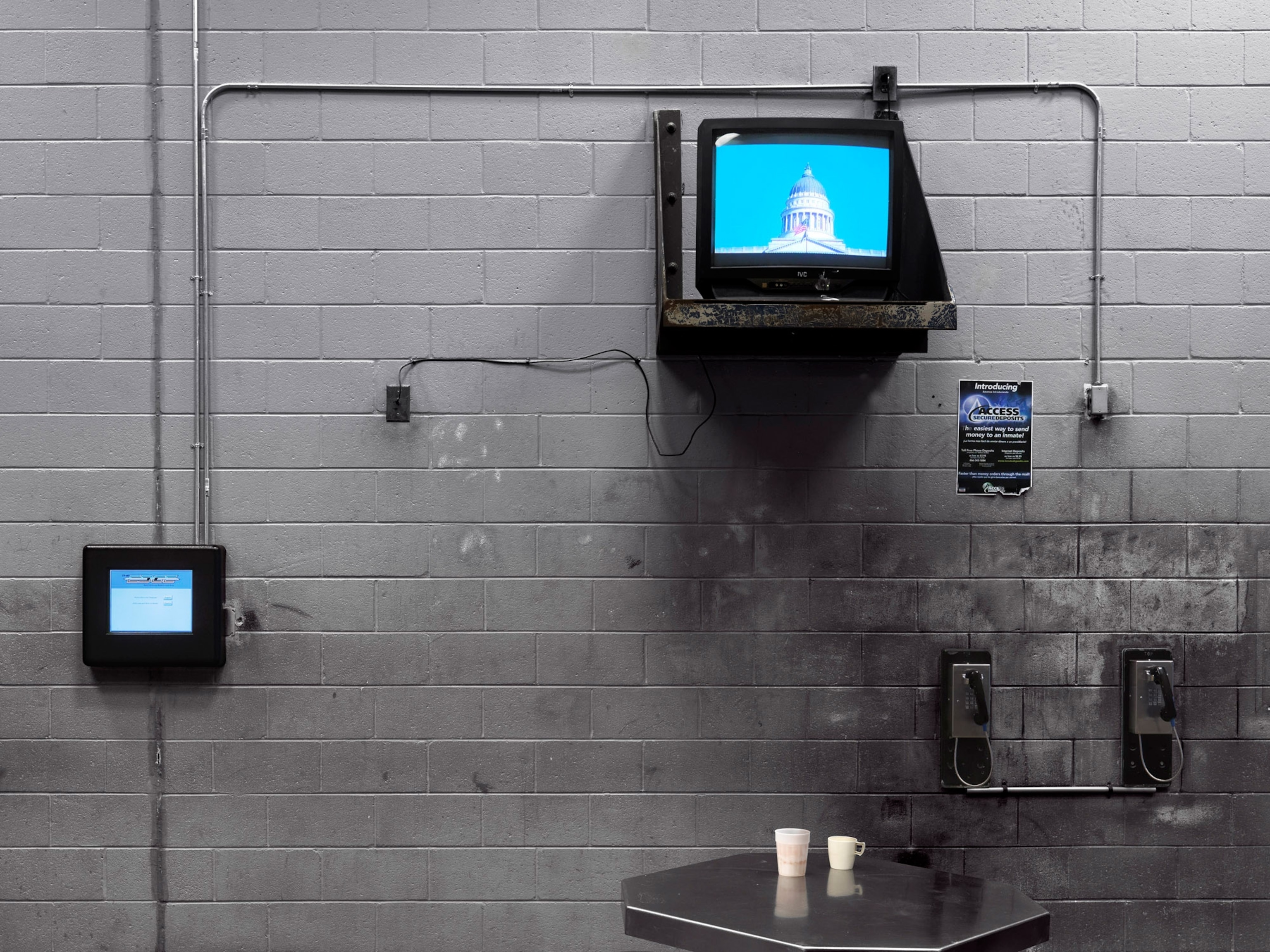
He had to wait two years for access to two prisons in France. (He was eventually allowed into two more). Colombia and the U.S. presented him with similar hoops to jump through. In Uganda, he was quickly allowed into 10 prisons, far more than in any other country.
His goal wasn’t to create some sort of hierarchy between systems, and his visual comparisons aren’t quantifiable, but some of his initial expectations were overthrown. For example, “in all 10 prisons [in Uganda], the people who accompanied me, the warden [or the] assistant warden, were very nice to the people, treating them as human beings, talking to the prisoners, patting them on the back or on the head. They didn’t bother much about what I was doing,” Banning says. “I don’t want to romanticize this—I know there is corruption. It’s not like, ‘Yeah, wow, let’s all go to Uganda and spend some time in the prison there,’ but this really struck me.”
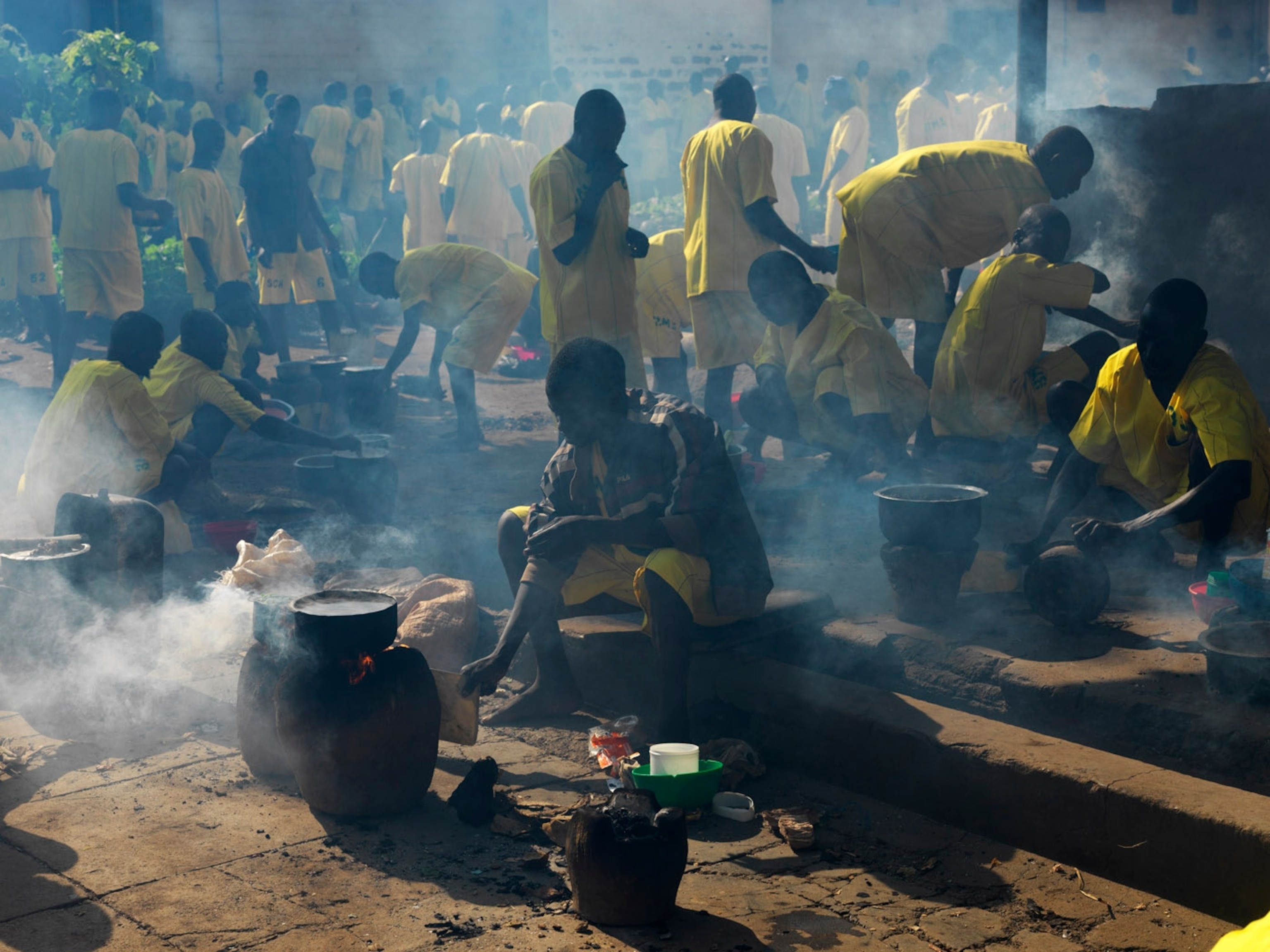
Likewise, he wasn’t trying to make U.S. prisons look bleak, “but at some point it becomes unavoidable. That’s how the U.S. prisons look,” he says. Comparatively, says Banning, “The prisons in Colombia are more corrupt, but there are far fewer people in them.” What he observed in the U.S. frustrated him, though he does acknowledge that he saw a desire for reform. “People on both sides of the political spectrum are convinced that the U.S. can’t go on like this. On one side of the spectrum for humanitarian reasons, on the other for financial reasons. It’s not affordable anymore.”
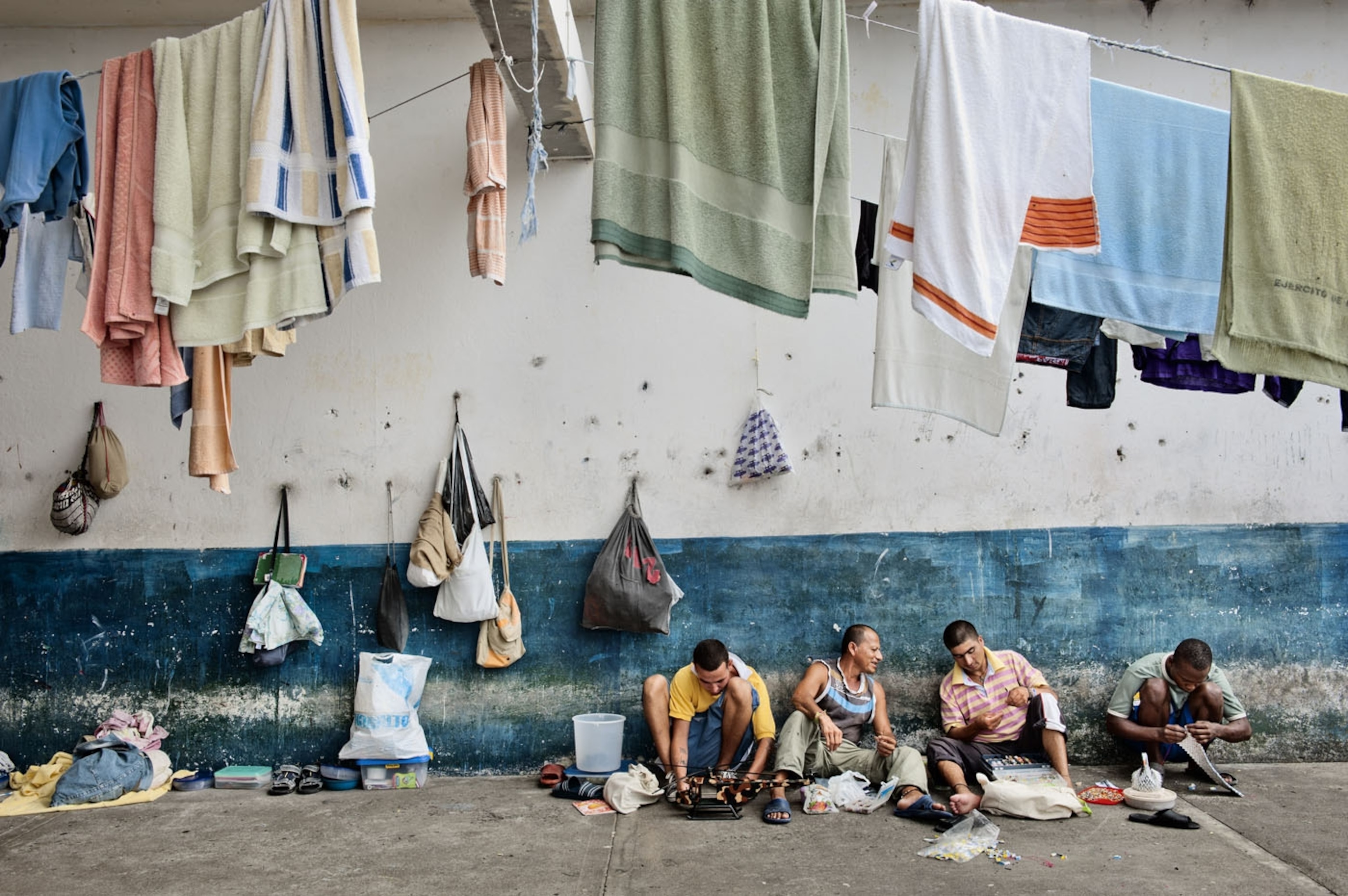
His rational desire to compare methods across borders became less sterile the more he read and explored. “The more time I spent on it, the stronger the emotional aspect became,” he says. “I was often enraged by what I was reading and seeing.”
Banning isn’t an activist, and he doesn’t claim to have the solutions. He just hopes that his photos make people think and spark conversation.
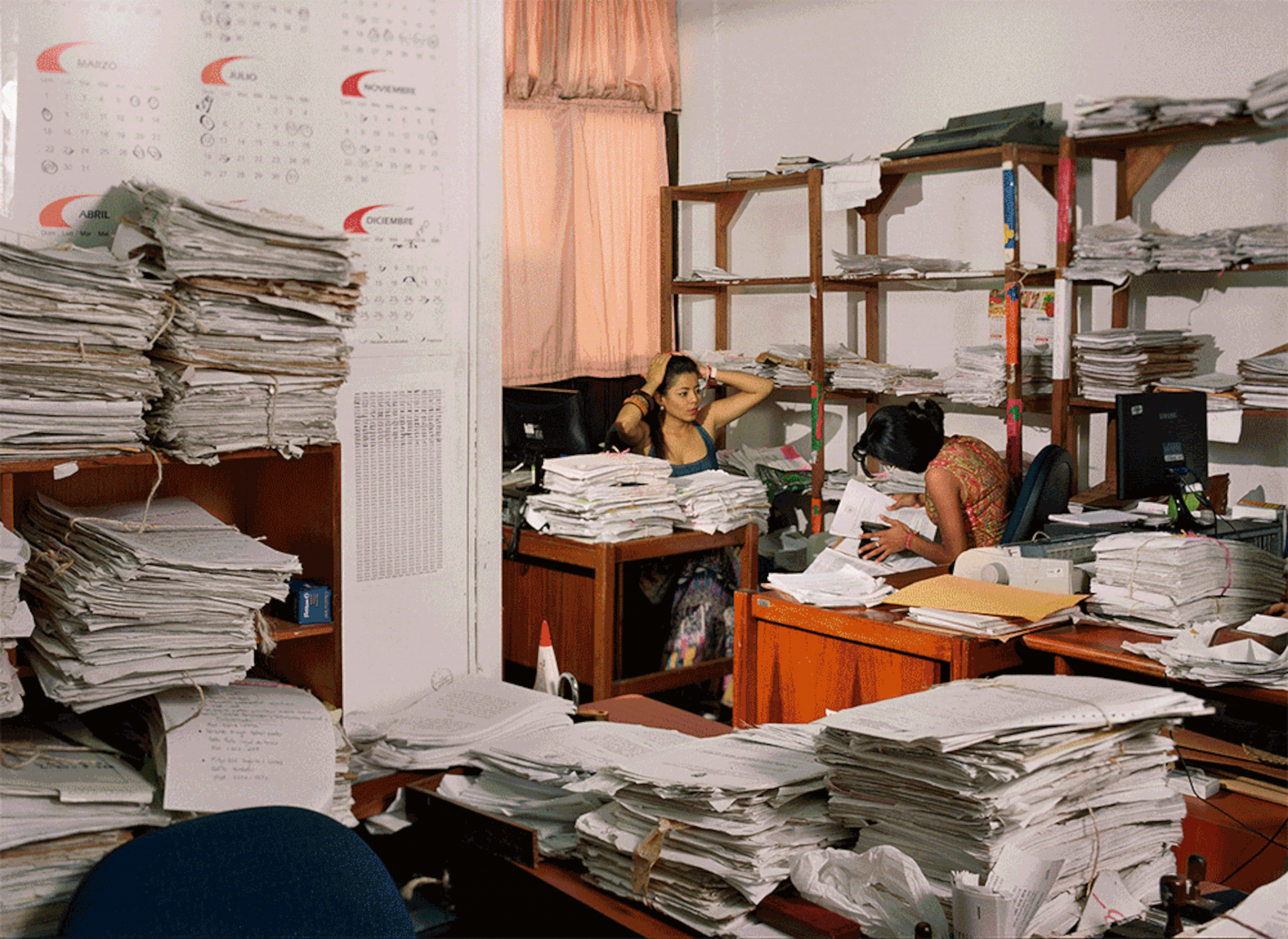
“I tried to avoid the classical kinds of symbolic photographs that we see all too often—hands reaching through bars. That’s not interesting. That does not contribute anything to our knowledge.” He shows prisoners sunbathing in a courtyard as well as prisoners who are uniformed and confined in a stark structure. “By juxtaposing these kinds of photographs I hope to confuse people. I think confusion leads to thinking,” he says. “I do not want to give people a one-dimensional view. Yes, clearly prison is crappy, but there’s more to say about it than that it’s crappy.”

In the foreword to Banning’s recent photo book, Law and Order, which resulted from this project, Ulrich Sieber draws an unexpected parallel between law and the tool Banning used to examine it—art.
“Legal science … generally strives more strongly for truth, objectivity, and correct results than do most forms of art, as art tends not to be driven by binaries such as correct or incorrect. In reality, however, legal science and the judicial system are also open to subjectivity and–as is nearly everything in life–to misinterpretation and even to manipulation,” Dr. Sieber writes.
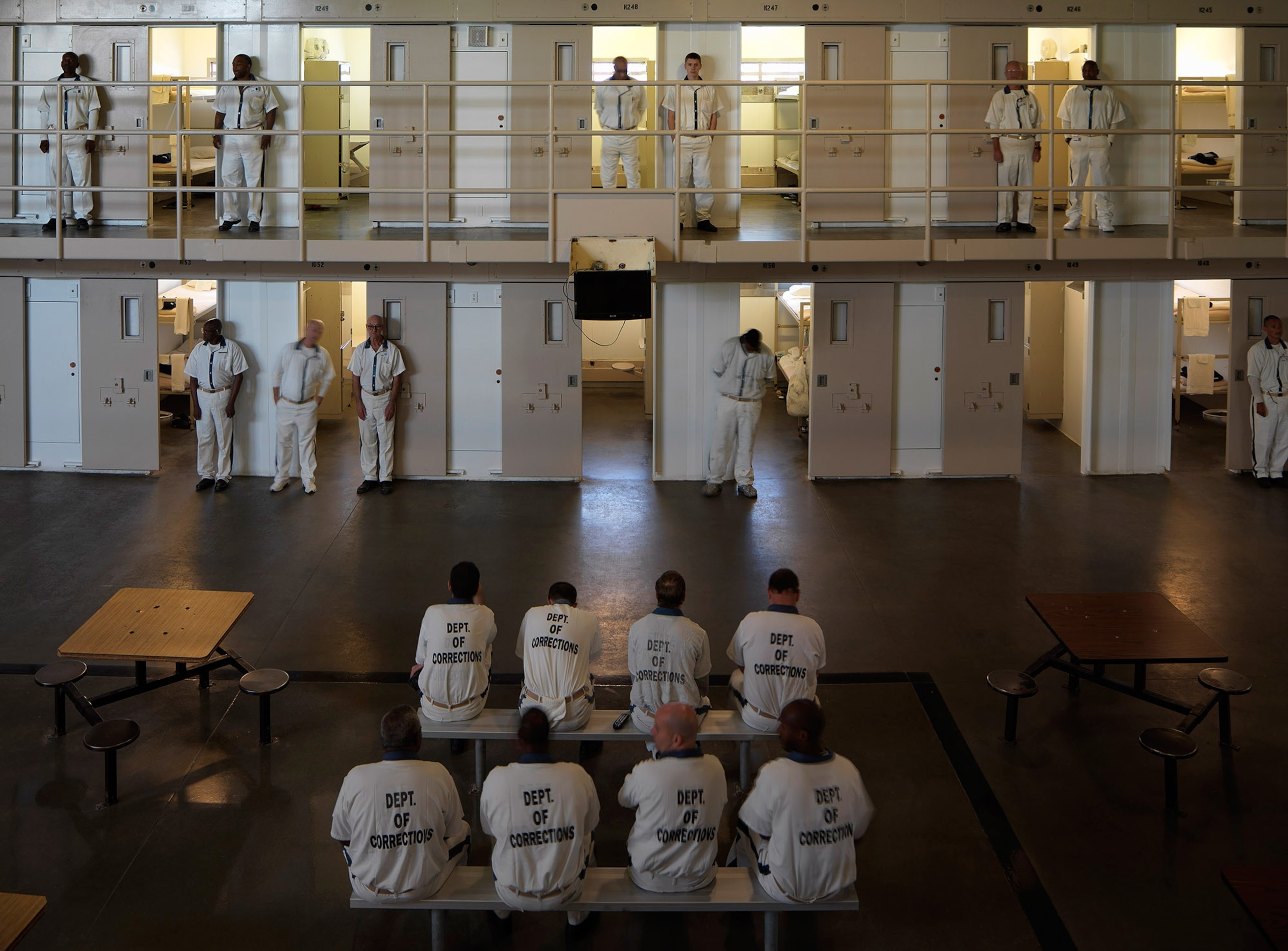
Banning knows that in some cases keeping people who commit crimes out of society is unavoidable, but he hopes more than anything that this work inspires people to take a step back and reconsider how we do that. “It’s important that we give it more thought,” he says. “Under the wrong circumstances, probably most of us could commit a crime. So let’s treat these people as we would want to be treated. Is retribution our first priority, or do we prioritize correction and bringing down reoffenders? Revenge or results?”
See more of Jan Banning’s work on his website.







